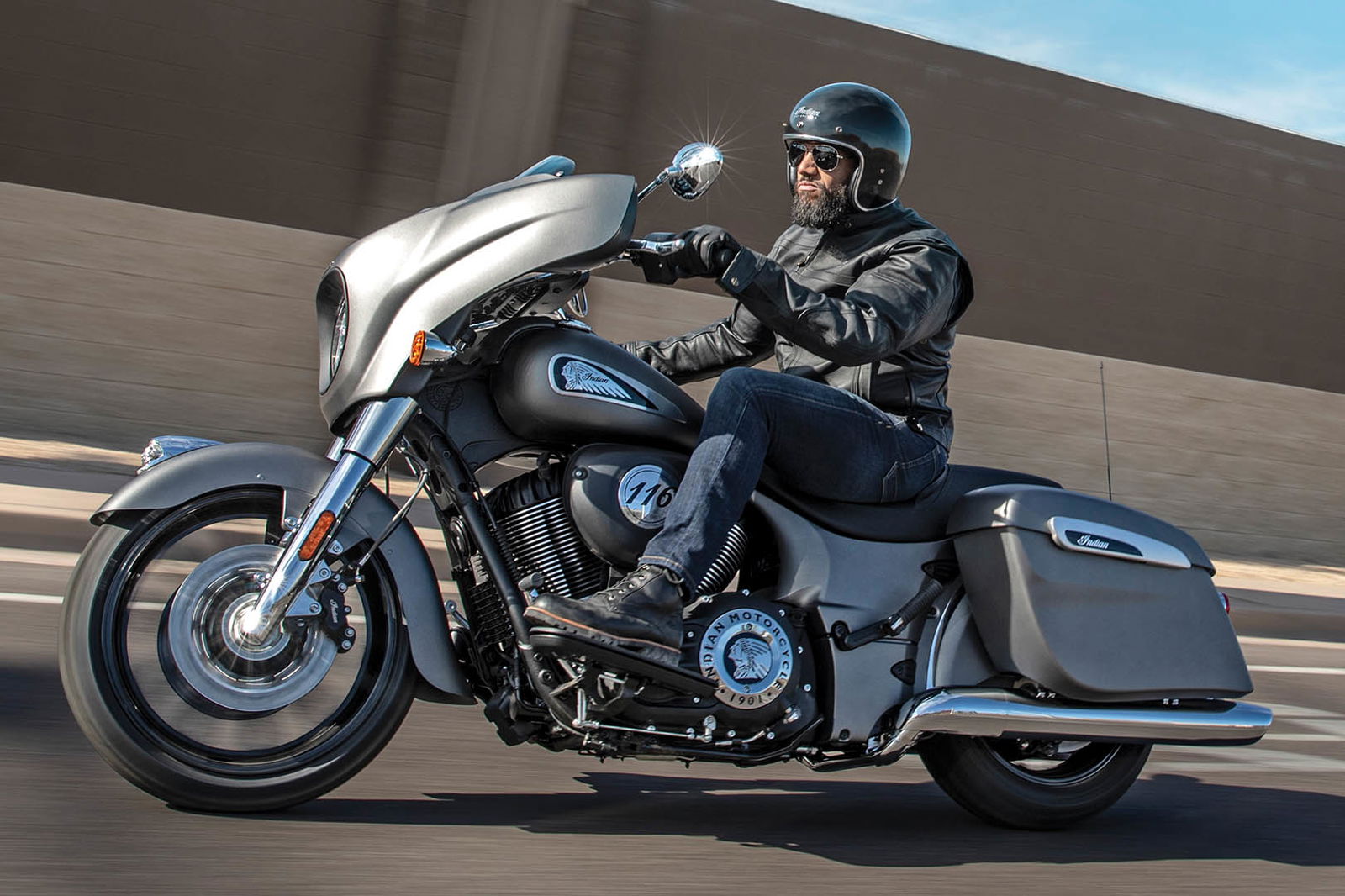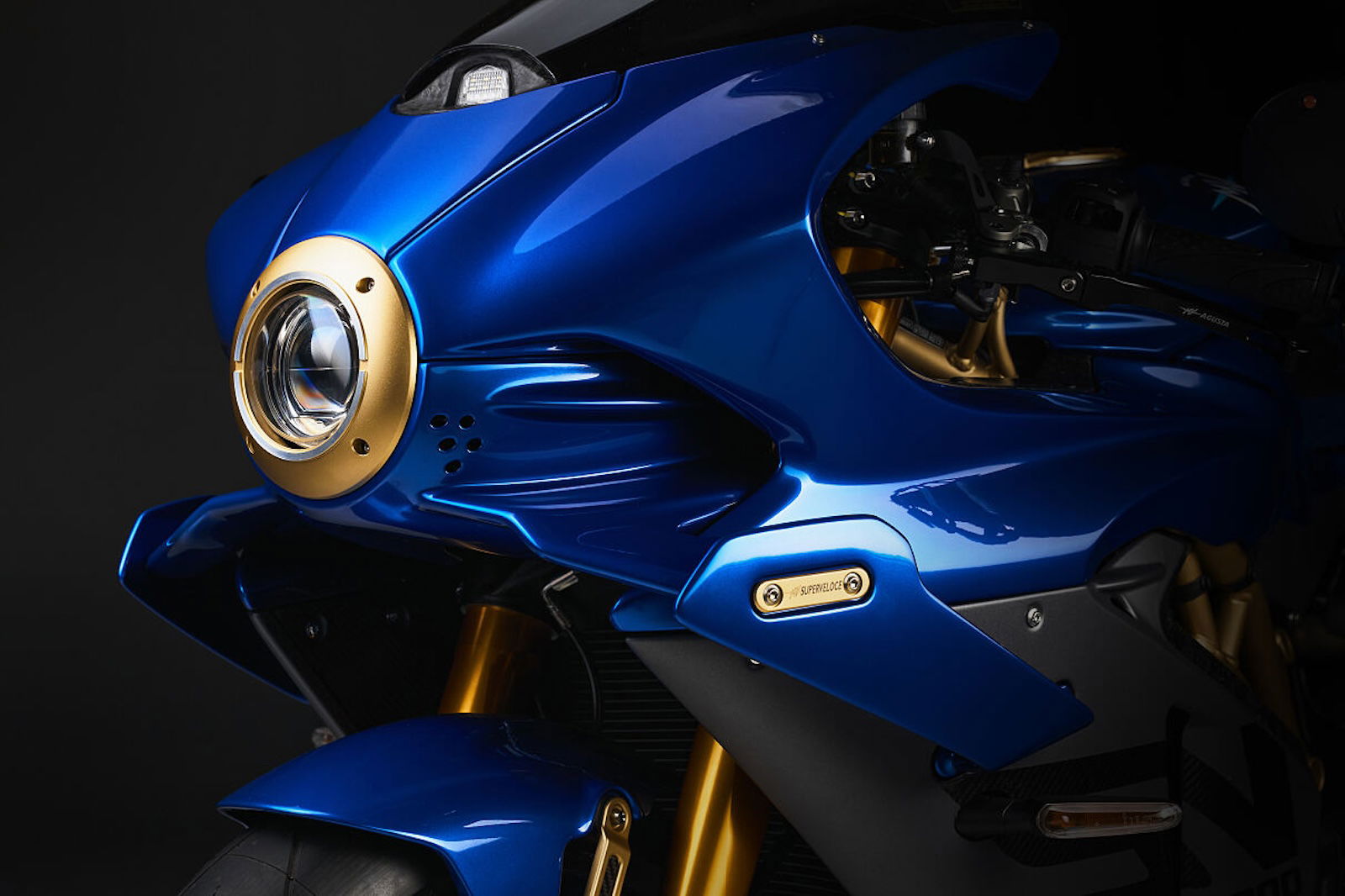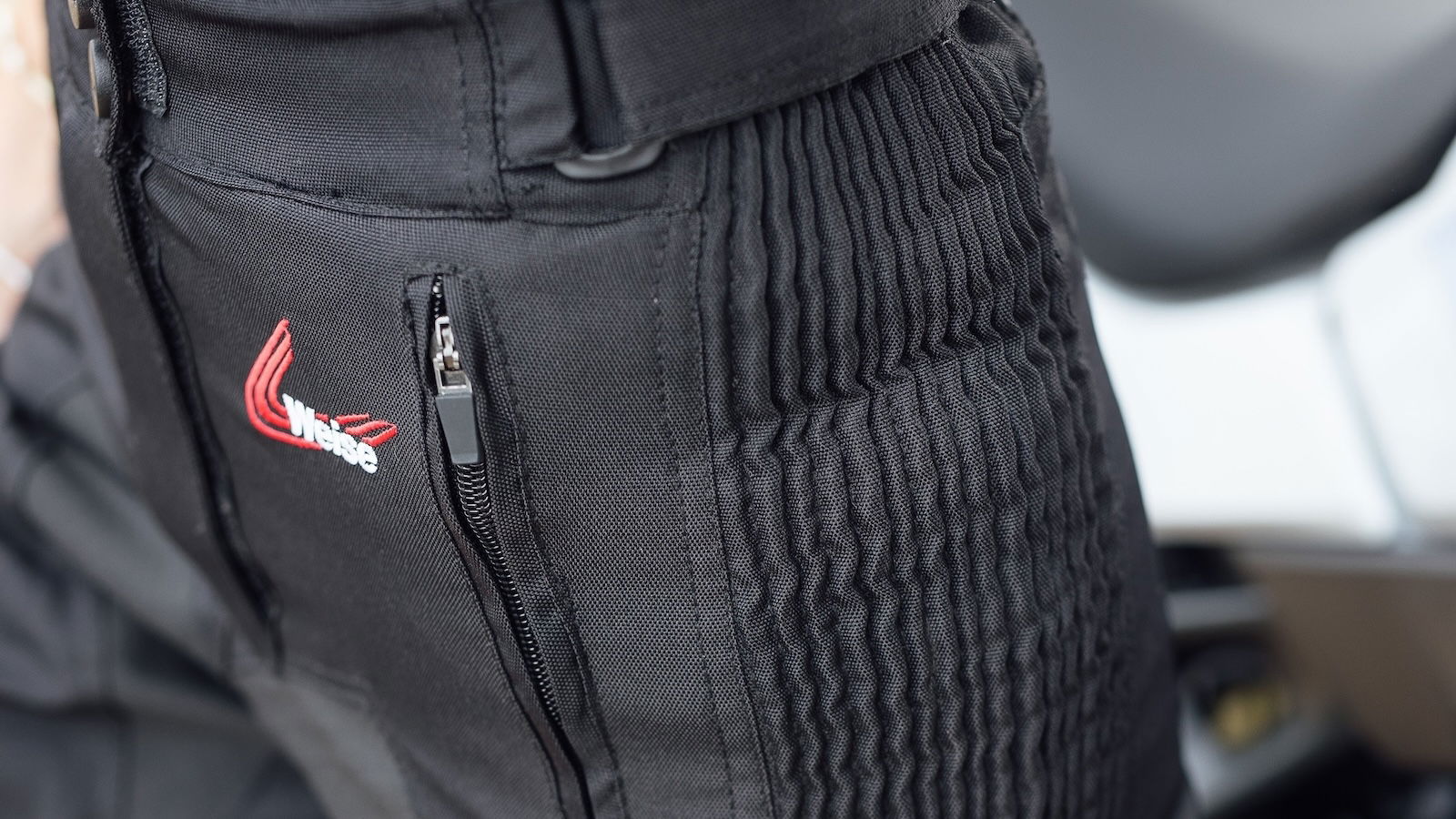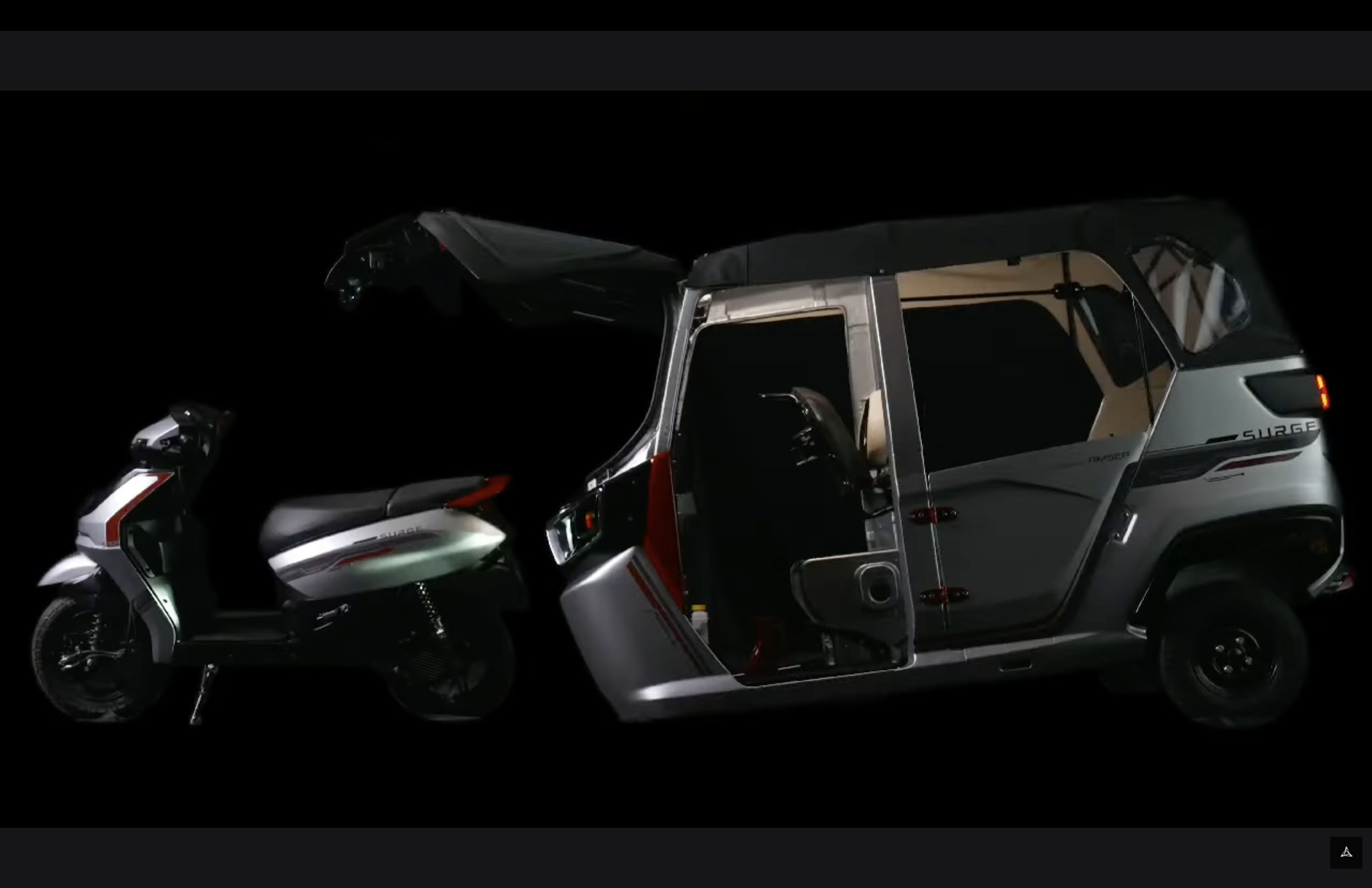One-stroke is Enough! E-Rex Petrol Engine Revealed
The E-Rex opposed-piston engine is being hailed as a gamechanger thanks to low-weight, high power density and no crankshafts

FOR as long as internal combustion has ruled the roads, vehicles have been fitted with just three basic types of engine: four-stroke, two-stroke, and rotary.
Each differs from the next with regard to its power density and fuel economy, but the general premise of each is very similar. Air and fuel go in, get ignited, and push the piston (or rotor) which in turn rotates the crankshaft creating motion.
It’s a simple enough process, and through well over 100 years of fettling and refining, petrol engines have become ever more potent, economical, and advanced.
But that doesn’t mean that progress has to stand still though, and now more than ever, petrol power could really do with a shot in the arm as it rolls up its sleeves to scrap against electric power.
The latest invention to push the boundaries of what petrol power can do comes from Spain, and a company called INNengine. It has developed an opposed-piston engine that produces power four times more often than a four-stroke engine, and twice more often than a two-stroke. Not only is the newly designed engine pushing out power on every stroke, but it does also away with conventional crankshafts, camshafts, valves and even a cylinder head! That means the engine itself is extremely light, small in size and very easy to package in pretty much any application!
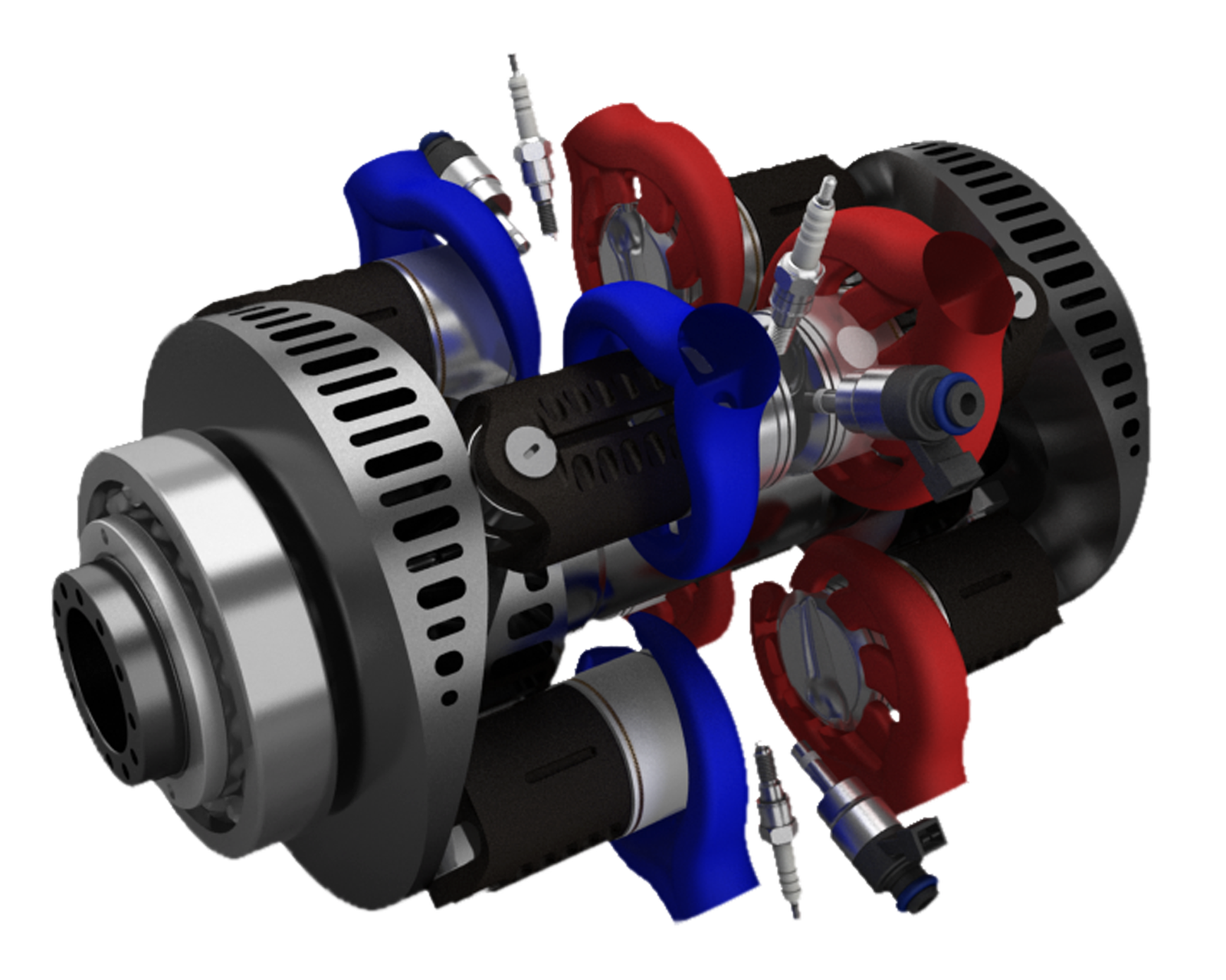
How does the E-Rex engine work?
The E-Rex is being hailed as a one-stroke thanks to the rate of ignition events per revolution. Its opposed piston design uses two pistons in a common bore than have opposing strokes and meet in the middle. The air/fuel mixture is directly injected into this space where it is ignited, forcing the pistons back down to the bottom of the stroke. This motion is reciprocating motion is transferred to large rotating camshafts that sit at either end of the engine. The two cams are joined through the centre of the engine, sending the power to the gearbox.
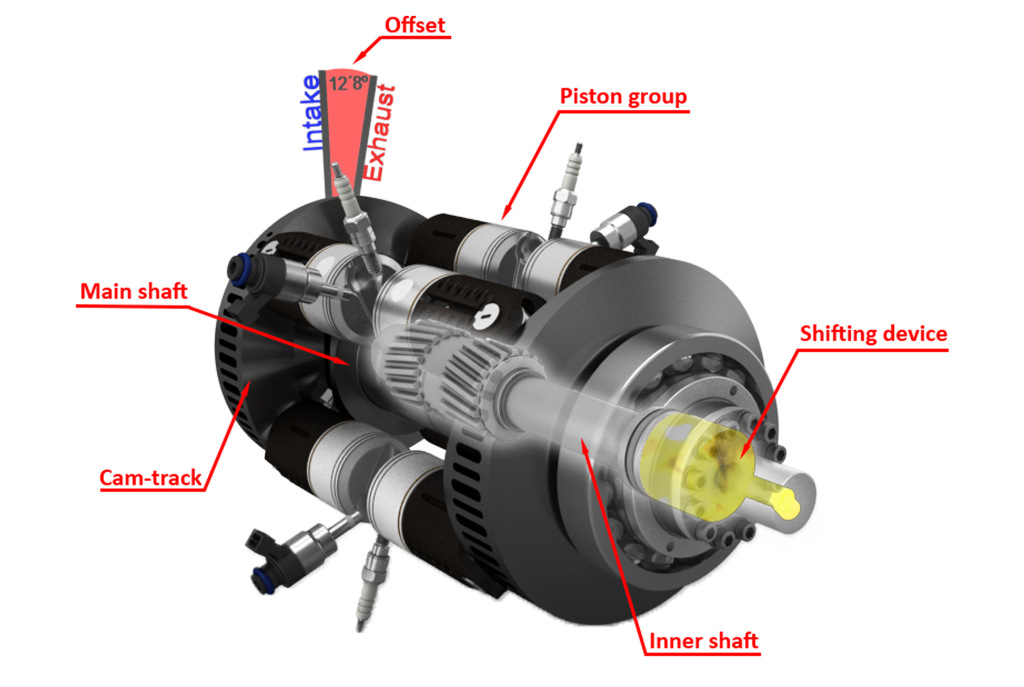
How much power does the E-Rex engine make?
In its small-capacity test engines, the E-Rex is producing around 80% more power than a conventional four-stroke equivalent. A 125cc version of the engine, developed for a radio control drone, is producing a claimed 21.5hp, more cleanly, efficiently and smoothly than a traditional two-stroke.
The direction this project could go in for now is unclear. The INNengine website naturally lists a myriad of applications, from go-karts, drones, light aircraft and boats, although a slightly less glamourous use seems more likely. With its compact design and lightweight, the E-Rex would seem best suited as a petrol-powered range extender for a petrol-electric hybrid vehicle, although the thought of one of these slotted into a motorcycle frame is a little bit exciting!

